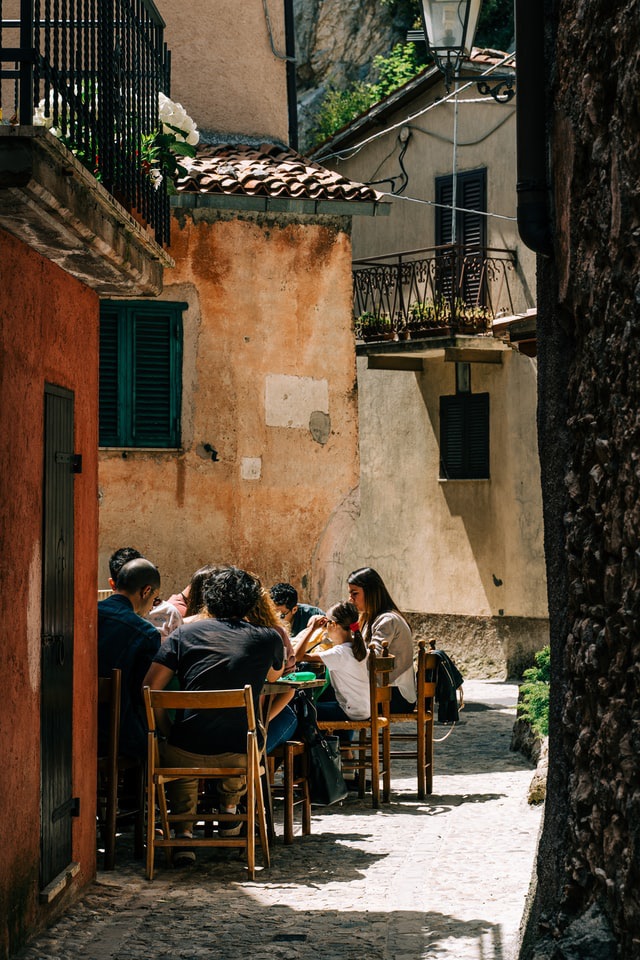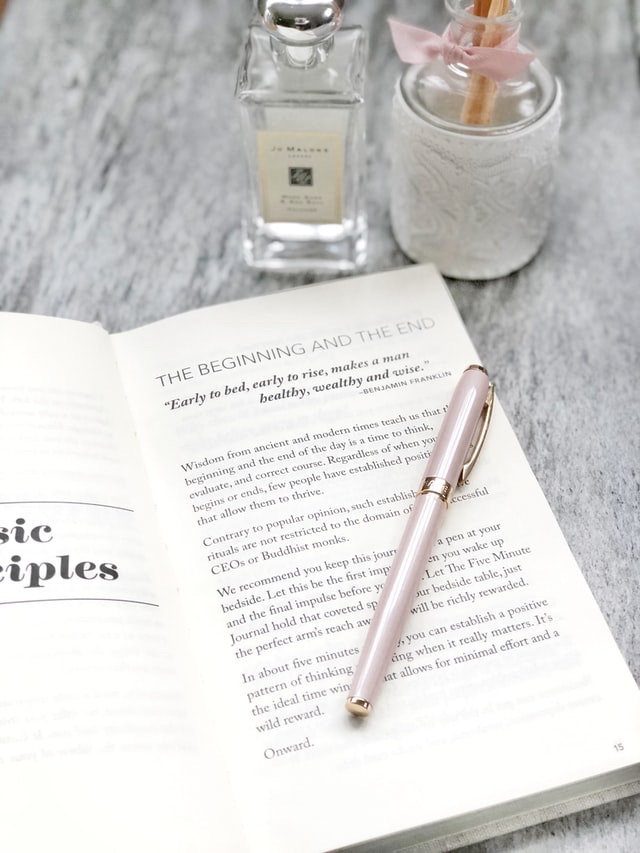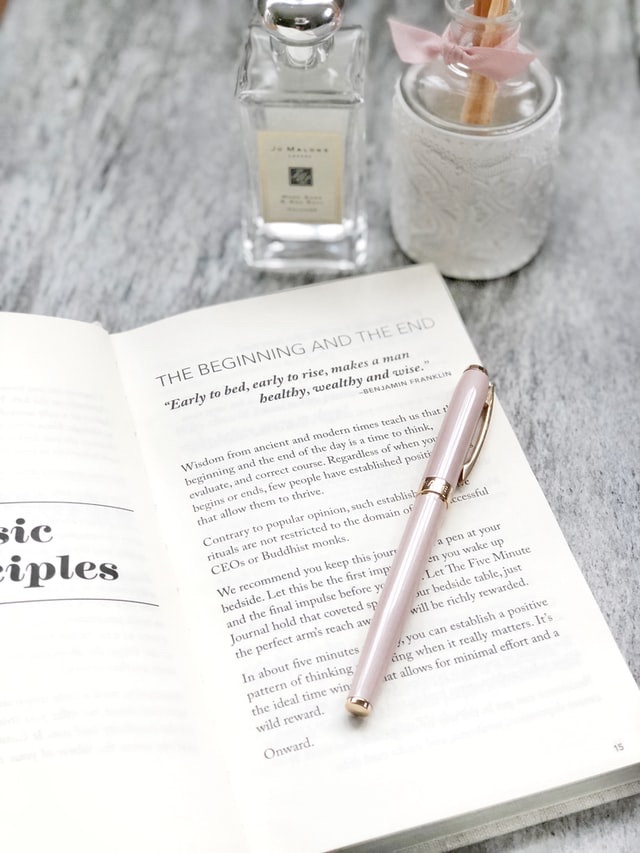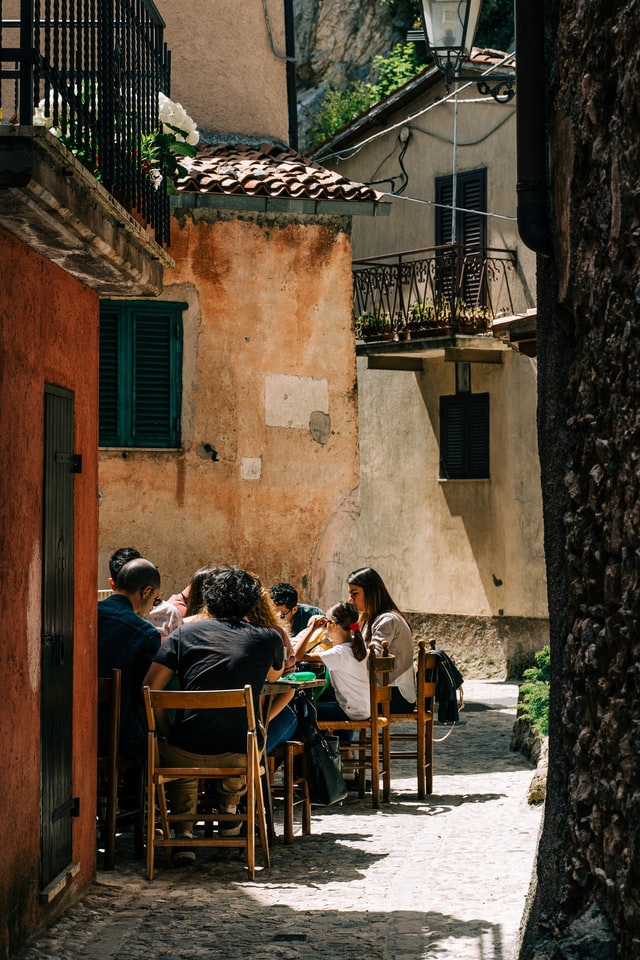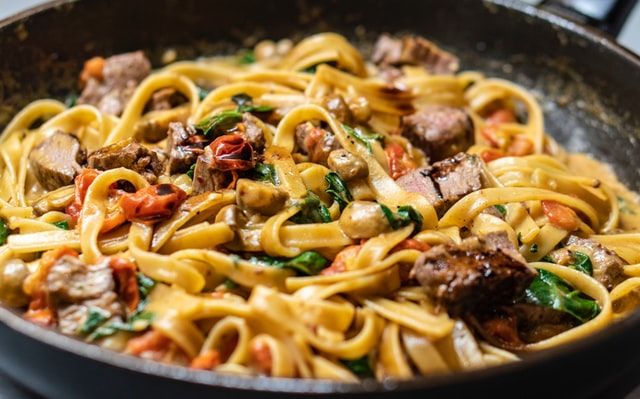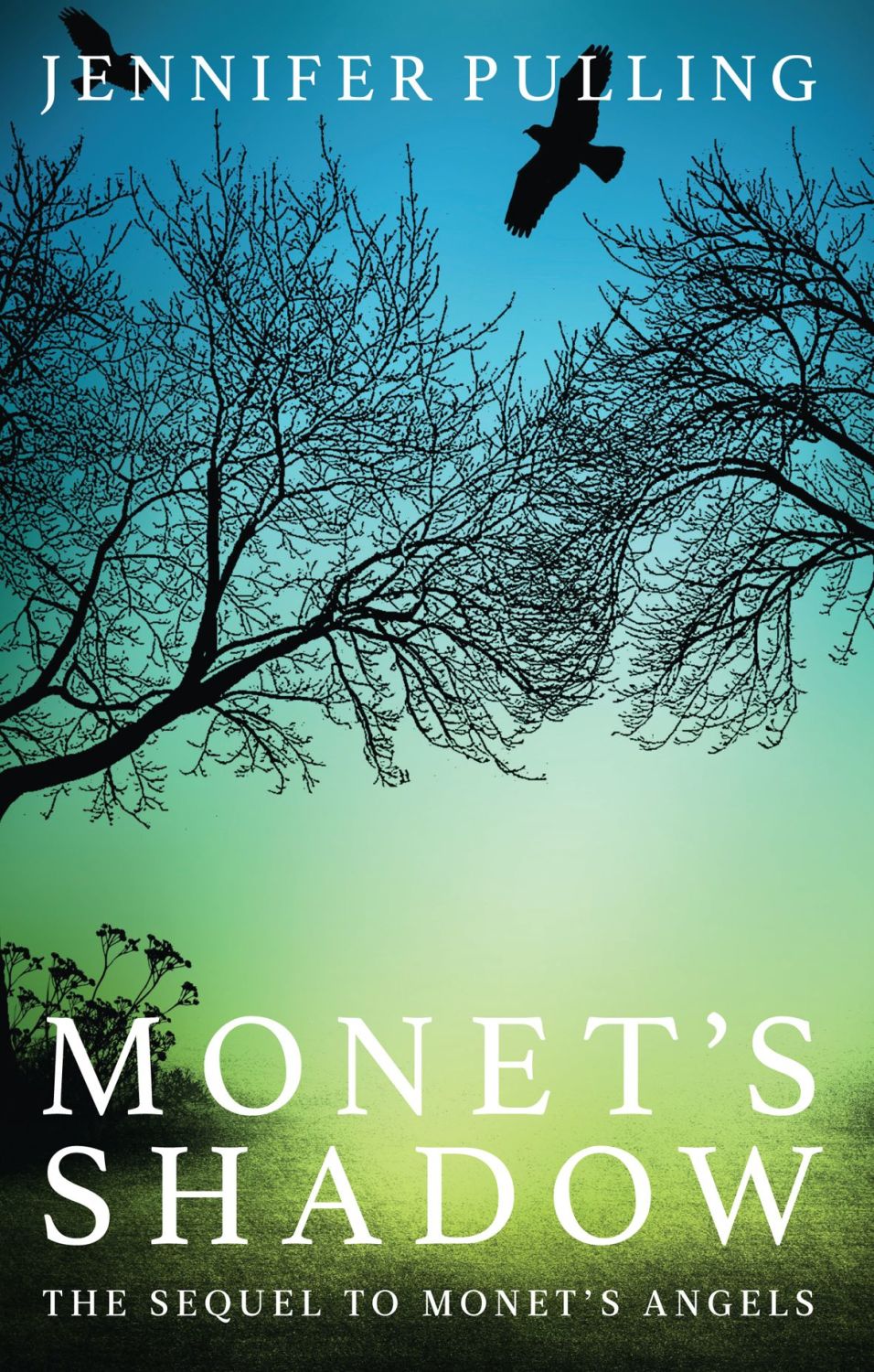
Would you like a regular treat of free short stories, interesting articles and special offers? Sign up to my mailing list and read stories like this:
She moves along the ward, straightening a pillow, checking a water carafe is filled. She switches off the dim reading light above Mr Edwards’ bed, he has fallen asleep over his book. As she reaches the end of the room, she pauses, gazing along the rows of beds, alert for any sound but there is none except the tick of the large clock above her head. She returns to her table, picks up her pen and starts on her report.
She loves this time, it never bothers her to be ‘on nights’: the dreaming ward, the green shaded lamp on the table, her pen moving smoothly across the paper. Now the bustle of he day is stilled there is time to collect her thoughts. There is such a contrast to day duty… Laura thinks as she writes: Warwick Ward, Bed 234, Mrs Evans. Nothing by mouth op 6 am…then it is all a flurry of temperature taking, doctors’ rounds, meal times and visiting hours.
The night has its interruptions too, but usually at a different tempo. Someone cannot sleep and calls for help. She will go to the kitchen, make a cup of tea, and then sit by their bed until they finally drop off. Sometimes, of course, there are big dramas and then the hours of darkness heighten the fear: the jagged sound of the emergency bell, the doors of the ward flying open and the resuss team turning night into day.
Laura writes: Warwick Ward, new arrivals Stella Dyson and Helen Wells Beds 253 and 242.
Tonight is tranquil and she hopes it will remain uneventful. She glances across to the empty bed at the far end of the ward. Today young Hayley Randolph went home. She has been here so long it seems strange without her. She remembers when the teenager was admitted, the deathly pale face, the closed eyes and the weeping mother. She remembers her conversation with Mr Anderson.
‘We’ll do our best but it doesn’t look good at all.’
The days when she lay still and silent with the drip in her arm and Laura and Maggie turned her to prevent bedsores, wiped the marble brow, said her name softly. Then there was the morning when she opened her eyes and smiled and from then on the gradual improvement. Somehow, and against the odds, they had pulled Hayley back from the brink. It was times like these that reminded Laura why she had taken up nursing. There were tears in her eyes as she said goodbye and watched the youngster leave.
Read the rest of the story when you join my mailing list.
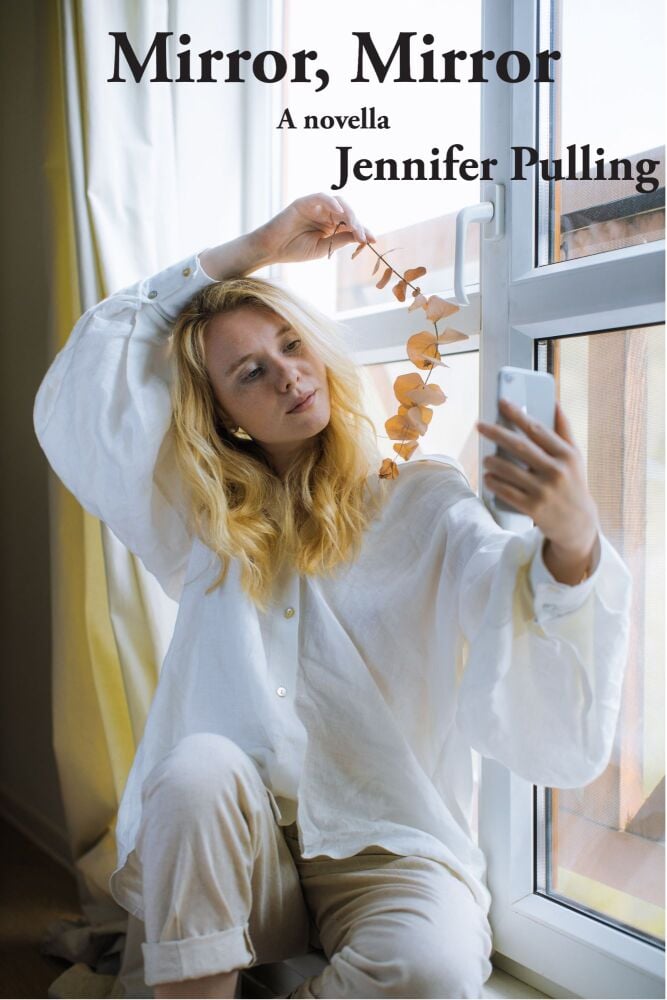
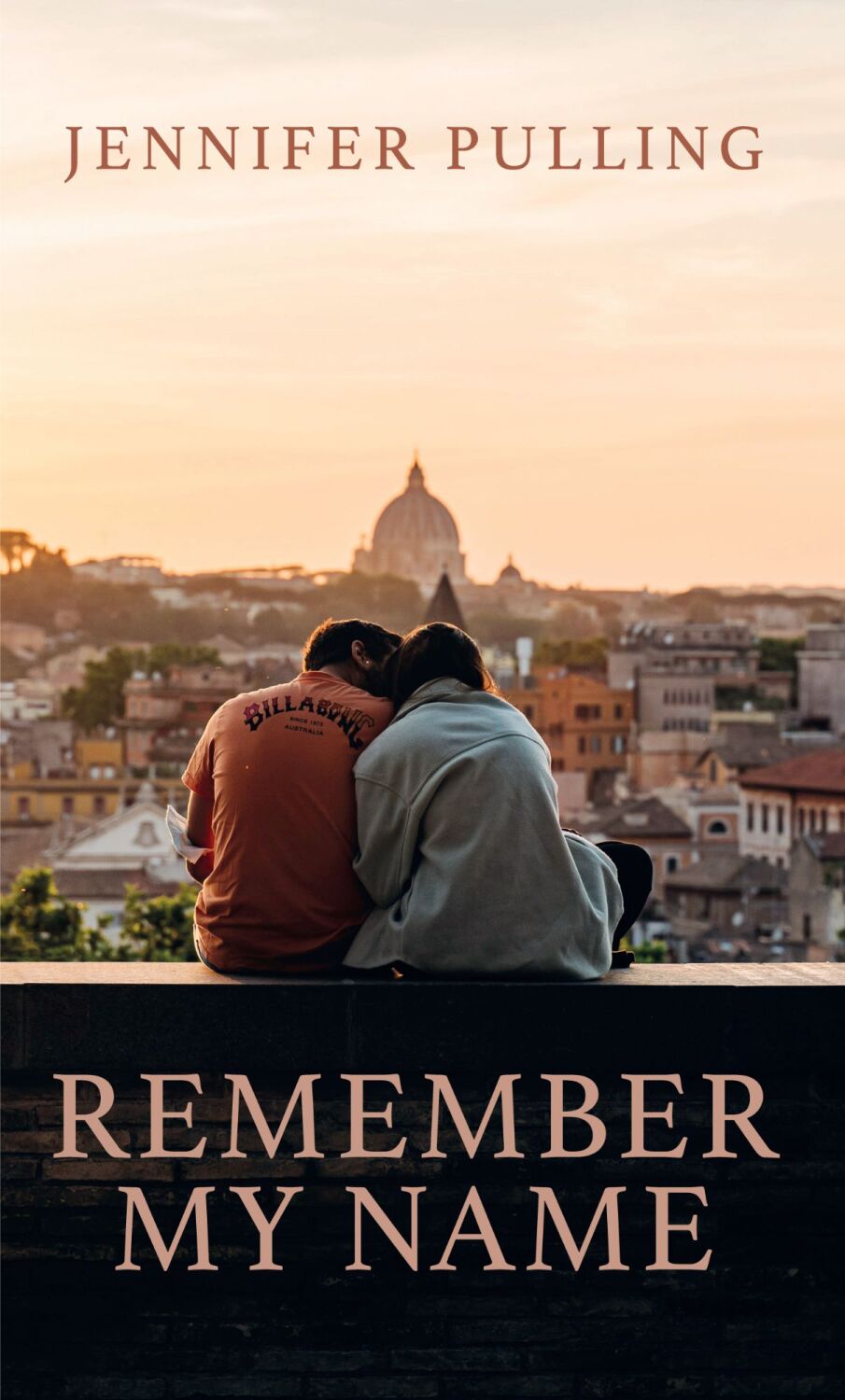
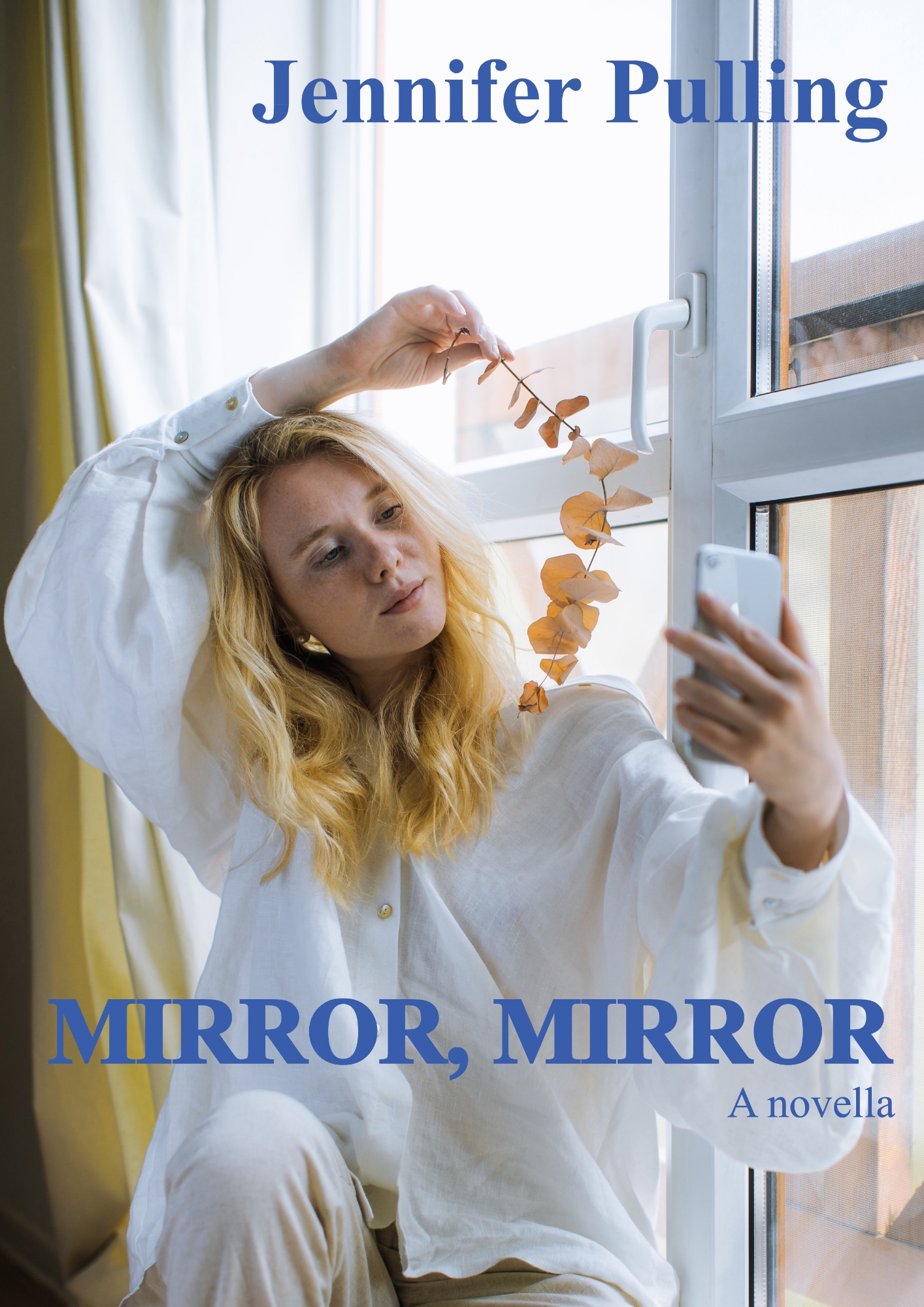
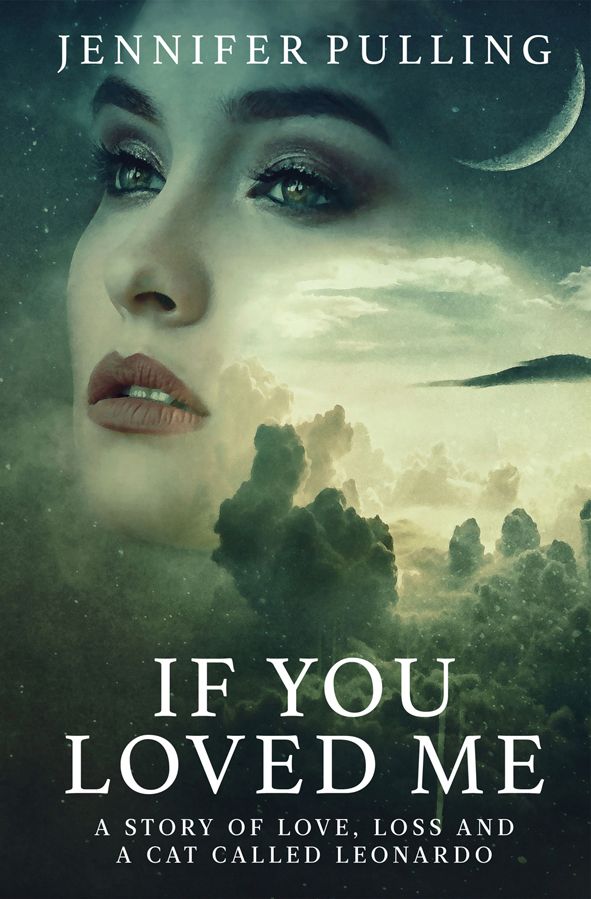

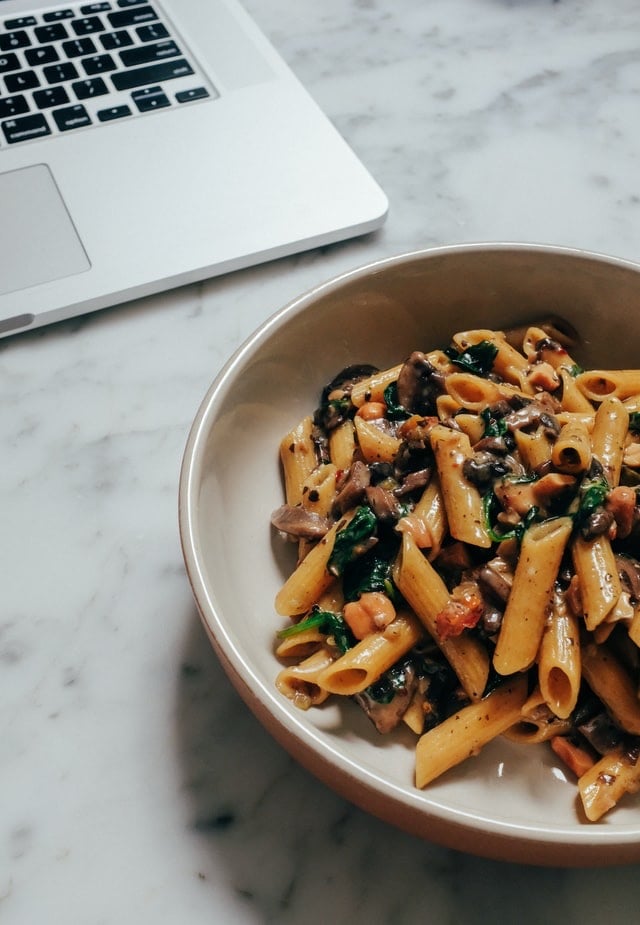
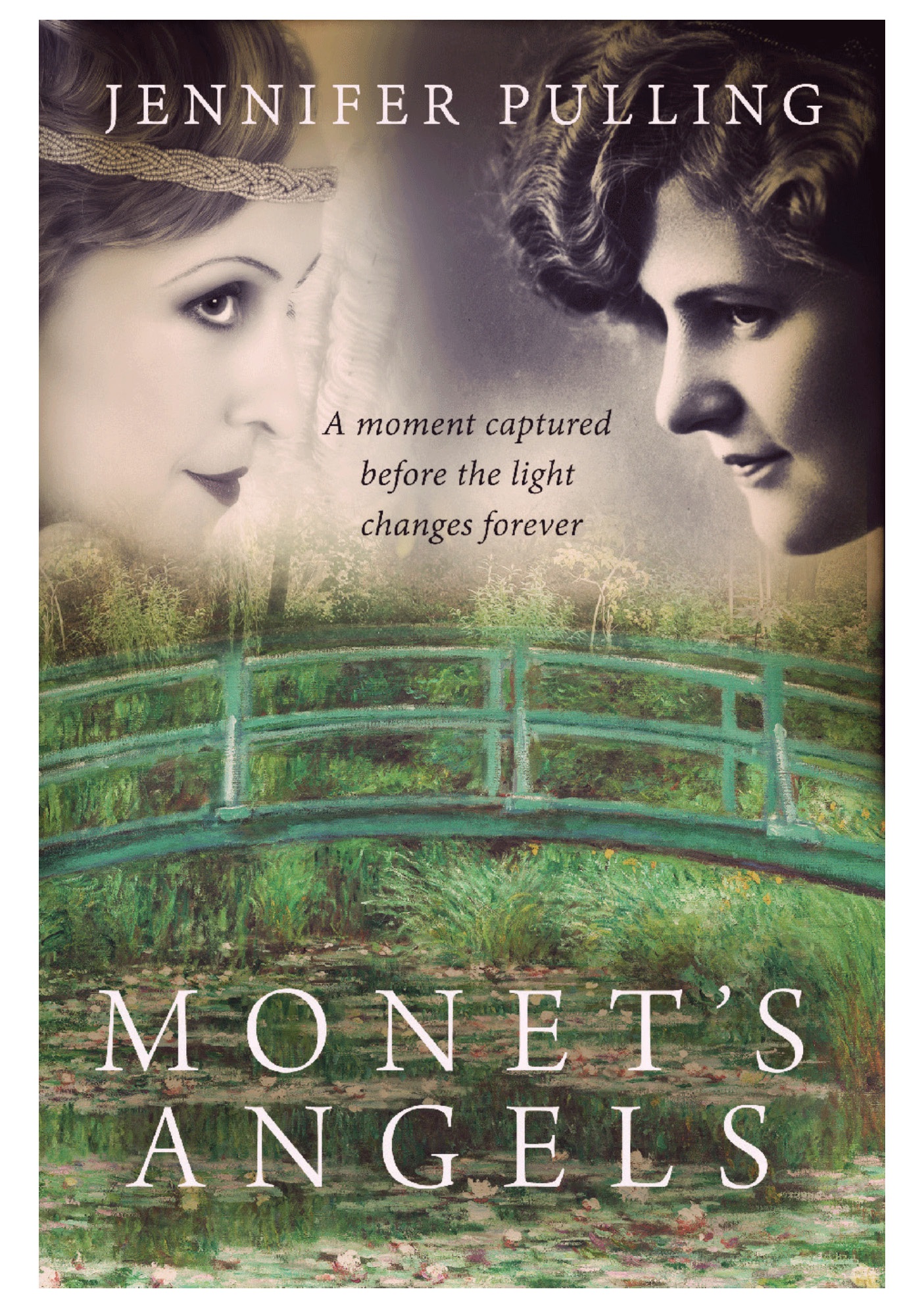
![JenniferPulling[Book]-2LOWR JenniferPulling[Book]-2LOWR](https://sites.create-cdn.net/siteimages/72/0/8/720881/19/9/9/19995635/397x600.jpg?1653575335)

 I'm contemplating going back to an earlier project. Not, heaven forbid, re-working the text, but writing a new text built on the same ideas and situations. And one of the advantages of doing things this way is that the researched material has mulched down. The stuff I found out needs to become stuff I just know, so that there's no longer any difference between them: all compost?
I'm contemplating going back to an earlier project. Not, heaven forbid, re-working the text, but writing a new text built on the same ideas and situations. And one of the advantages of doing things this way is that the researched material has mulched down. The stuff I found out needs to become stuff I just know, so that there's no longer any difference between them: all compost?



![JenniferPulling[Book]-2 JenniferPulling[Book]-2](https://sites.create-cdn.net/siteimages/72/0/8/720881/19/7/8/19783233/1325x2000.jpg?1643211569) latest book conjures the sights, sounds and flavours of Rome, transporting you to places only the locals know.
latest book conjures the sights, sounds and flavours of Rome, transporting you to places only the locals know.